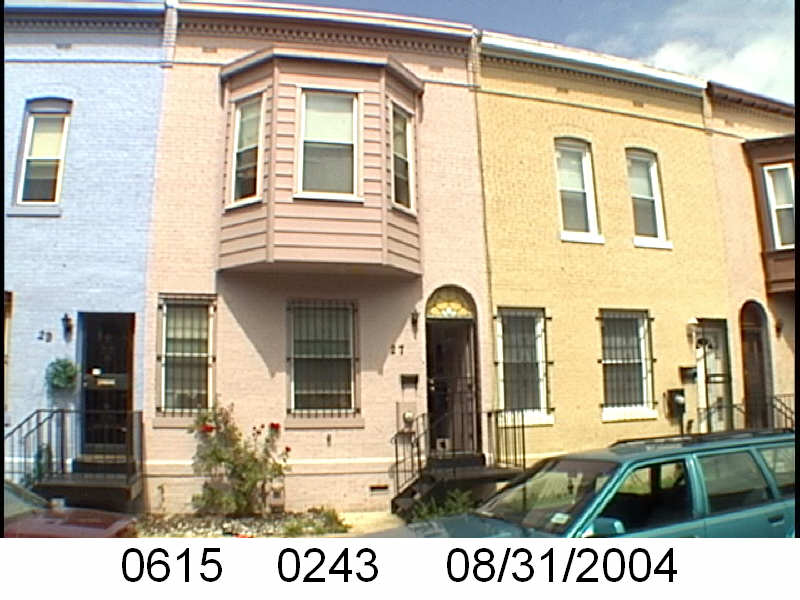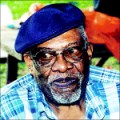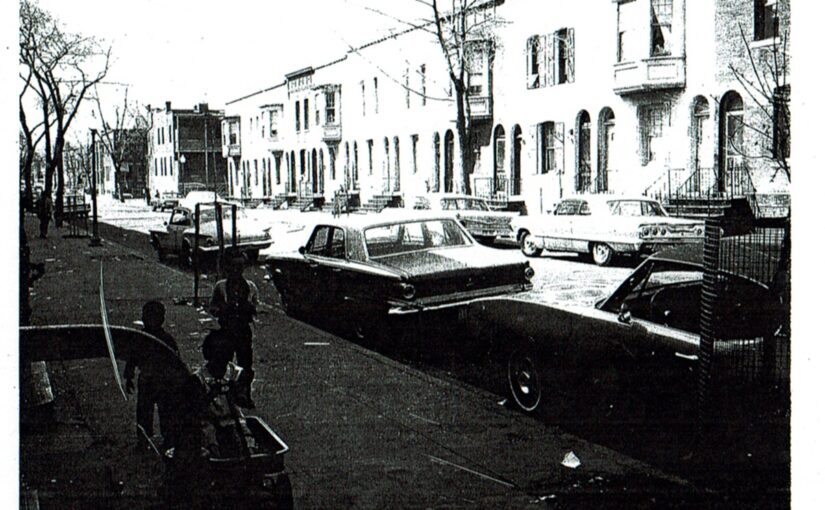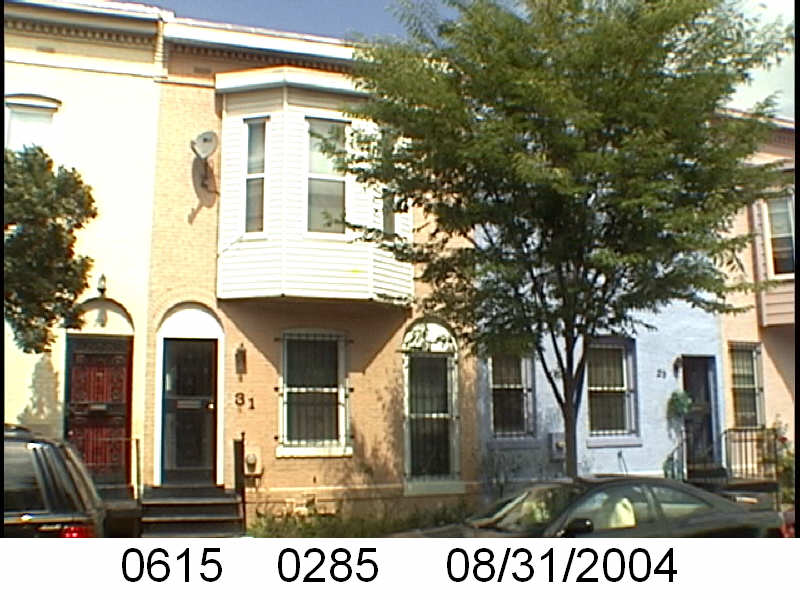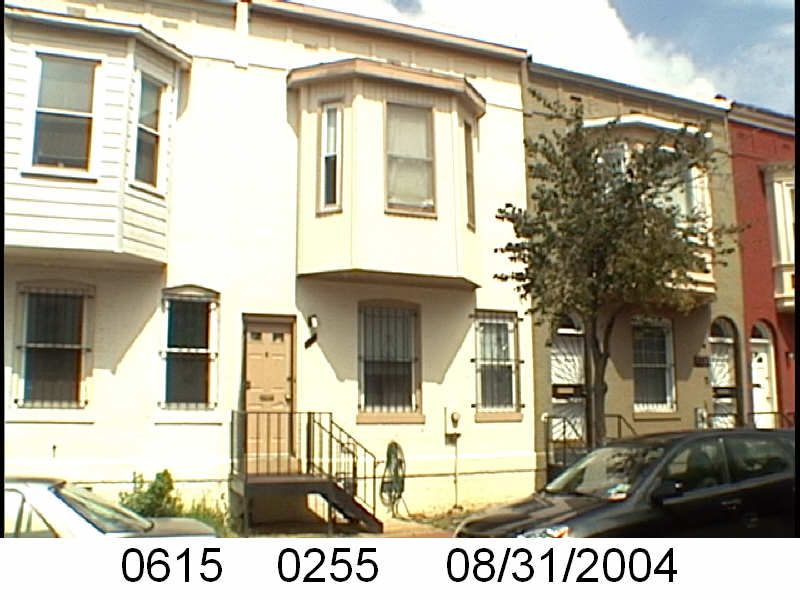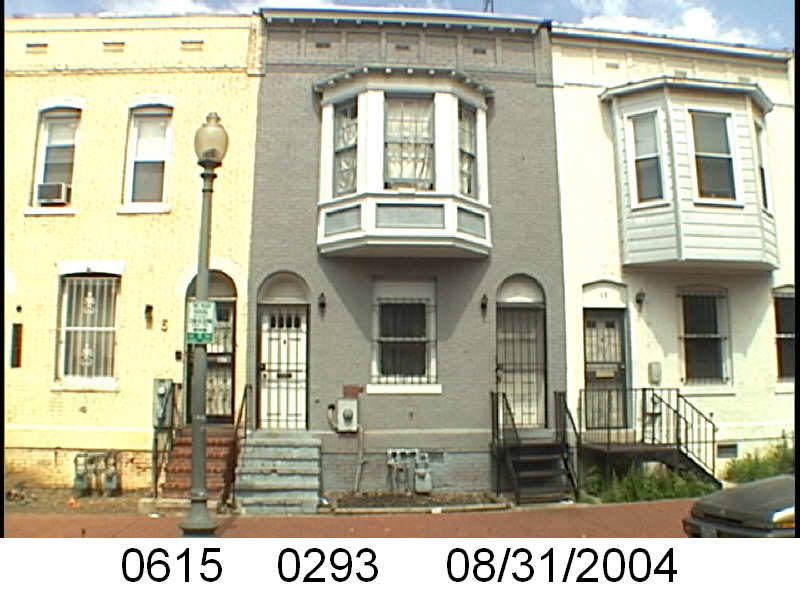In lieu of a February Black History post, WSIC continues, because it is Black History.
The Washington Sanitary Improvement Company (WSIC) was a late 19th century charitable capitalism experiment that ended in the 1950s. This blog started looking at the homes that were supposed to be sold to African American home buyers, after decades of mainly renting to white tenants.
Looking at WSIC properties they tend to have a pattern where the properties were sold to a three business partners, Nathaniel J. Taube, Nathan Levin and James B. Evans as the Colonial Investment Co. for $3 million dollars. Those partners sold to African American buyers. There was usually a foreclosure. In 1956 Nathan Levin died and Colonial Inv. Co. vice president Harry A. Badt took his place in the foreclosure paperwork. Then the property wound up in the hands of George Basiliko and or the DC Redevelopment Land Agency (RLA). Then there were the odd lucky ones who managed to avoid that fate.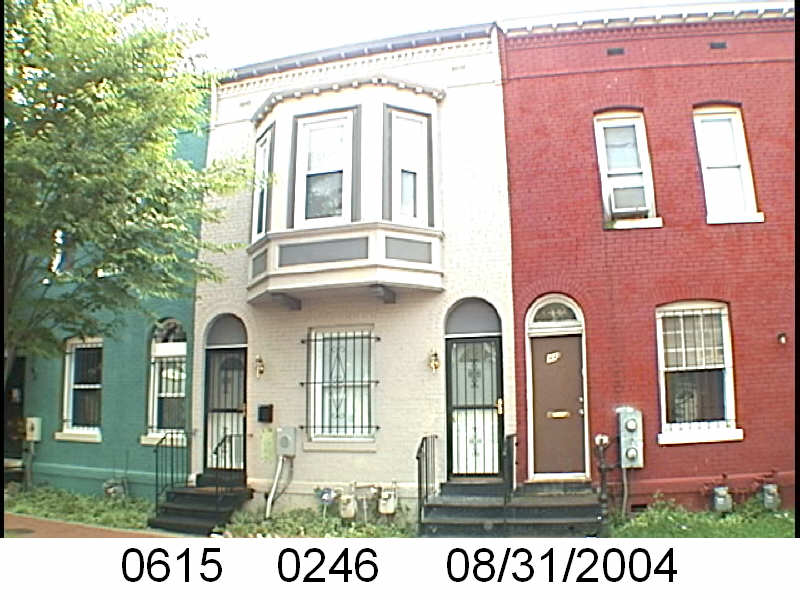
Let’s see what happens with 42 Bates St NW:
- December 1950 (recorded Jan 26, 1951) Evans, Levin and Taube sold one-half of 42 Bates NW to James E. and Virginia Goree.
- December 1950 (recorded Jan 1951) the Gorees borrowed $3,800 from Colonial Investment Co. favorite trustees Abraham H. Levin and Robert G. Weightman.
- September 1952 the Gorees split the house and sold half to bachelors Albert and James Zellars.
- September 1952 the Zellers borrowed $1,735.57 from Colonial Investment Co’s mortgage arm trustees A. Levin and Weightman.
- December 1952 the Gorees borrowed $1,735.57 from trustees A. Levin and Weightman.
- February 1953 the Gorees and Zellars were released from the Goree’s December 1950 mortgage.
- September 1954 the Gorees lost their half to foreclosure and it returned to the possession of Evans, Levin and Taube via an auction.
- November 1961, as part of a large property package (doc 1962000416), Badt, Evans, Taube, Nathan Levin’s survivors and their spouses sold half of 42 Bates St to Sophia and George Basiliko.
- March 1965 James Zellars, Albert and his wife Bettye F. Zellars sold/transferred the property through Benjamin Simon and his wife so that Albert and Bettye were the owners of that half.
- March 1965 Mr. and Mrs. Zellars borrowed $4,160.85 from trustees Ben I. Berman and J. Gerald Lustine, in order to pay Harry Goldstein/ Day-Mar Contractors. They were released from this in 1988.
- March 1972 James and Albert Zellars were released from their mortgage.
- December 1977 George Basiliko Inc sold his half to Albert Zellars, bringing the property under one owner.
Side note. I’ve stayed in this house. It is currently one house, not two flats. I feel I need to apologize to the former owner for not defending her better. I’m sorry.

